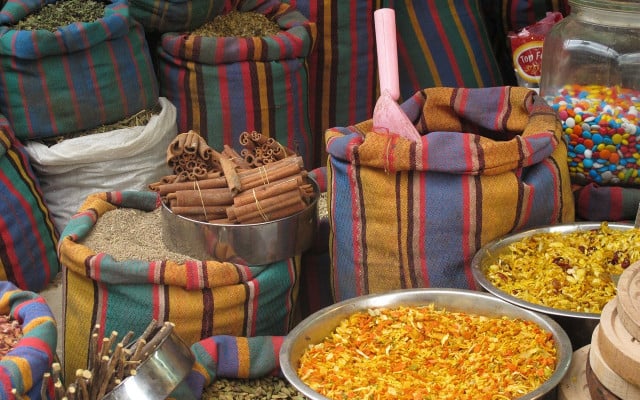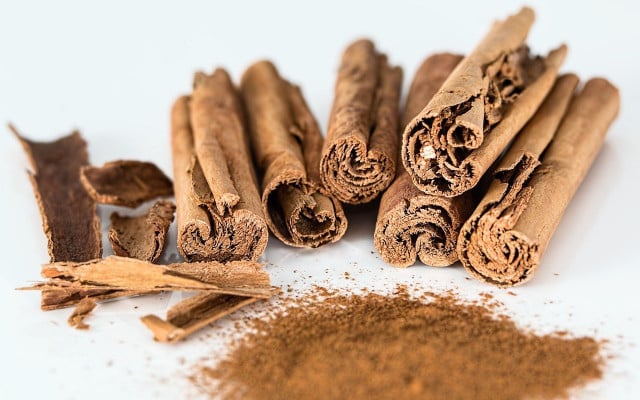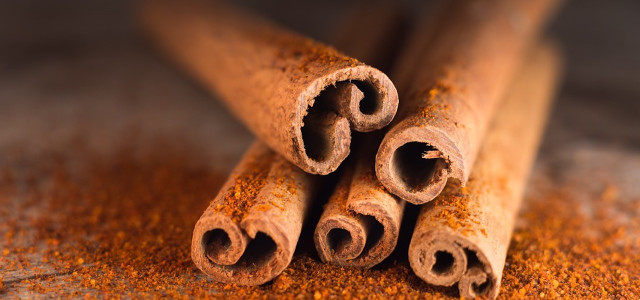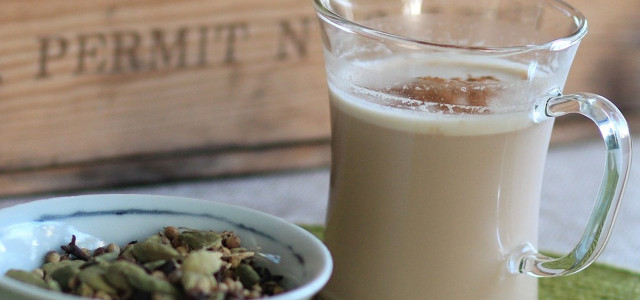You’ll need to choose between different types of cinnamon when making hot apple cider, speculoos cookies, or Moroccan tagine. We’ll show you, which cinnamon is best and how to benefit from its medical properties.
What exactly is cinnamon? This popular spice comes from the bark of laurel trees from the genus Cinnamomum. The trees grow mainly in Sri Lanka, Bangladesh, and China, and can grow to be 20 feet tall.
On plantations, the trees are kept at about shrub height. The aroma and flavor are derived mainly from the essential oil cinnamaldehyde.
Types of Cinnamon: Cassia and Ceylon

There are two main types of cinnamon: Cassia and Ceylon.
The Cassia type originates from south China and is generally more widely available. The bark of the cassia tree is removed in thick layers, dried, and sold either as sticks or ground into powder. It is coarser and darker than the Ceylon variety and has a more intense flavor. Cassia cinnamon is of lower quality than Ceylon and is less expensive.
The Ceylon type of cinnamon – sometimes referred to as “true” cinnamon – is native to Sri Lanka and is harvested in very thin layers which are then stuck together, resembling a cigar. In comparison to Cassia, Ceylon cinnamon is lighter in color, smoother in texture, more aromatic, and milder in flavor. Because of its more refined properties, it is often on the expensive side.
While Cassia cinnamon sold in supermarkets is often a mixture of different varieties, Ceylon cinnamon is pure, produced only from the bark of a very specific type of tree.
Ceylon vs Cassia: Which Cinnamon is Best?



Trying to decide which type of cinnamon is best for you? Both Ceylon and Cassia have a long list of health benefits.
Cinnamon oil
- is known to be antimicrobial and may be especially effective in treating certain types of fungal infections.
- may improve blood glucose levels and increase insulin sensitivity, making it possibly effective in mitigating the effects of diabetes.
- may help prevent Alzheimer’s disease.
- contains antioxidants.
- reduces the risk of cardiovascular disease and may even help prevent cancer.
Despite their many similarities, there is an important difference between these two types of cinnamon, namely the amount of coumarin they contain. Coumarin is a natural aromatic compound but can be toxic in high doses. The Ceylon variety contains much less coumarin than Cassis, so if you’re consuming this spice on a daily basis, or using it as a supplement for its medicinal properties, Ceylon is the better option for you.
Looking for ways to add more cinnamon to your life? Make yourself moon milk or a chai tea latte in the morning, or try out this killer vegan apple pie recipe.
Buying Spices: Things To Look Out For
Cassia is the most common type of cinnamon – you’ll find it in conventional supermarkets. Because labeling laws are so vague and arcane, it can sometimes be quite difficult to determine which cinnamon is best in terms of sustainability: the source of a given product can be elusive. To help you choose a high-quality spice, look for fair-trade third party seals, and verifiable organic products.
Cinnamon is produced mostly in the Asian Pacific, as well as China, Vietnam, and Sri Lanka. That means it must be transported over quite a vast distance to reach countries like the United States, giving it a non-negligible carbon footprint. In order to be as environmentally responsible as possible, it’s important to choose quality over quantity when it comes to this spice.
You can buy organic Ceylon cinnamon in most health stores, or online on Amazon**.
This article has been translated from German to English by Christie Sacco. You can find the original version here: Zimt: Wirkung, Inhaltsstoffe und Unterschiede der Sorten
Important Information regarding Health-related Topics.
** Links to retailers marked with ** or underlined orange are partially partner links: If you buy here, you actively support Utopia.org, because we will receive a small part of the sales proceeds. More info.Do you like this post?







